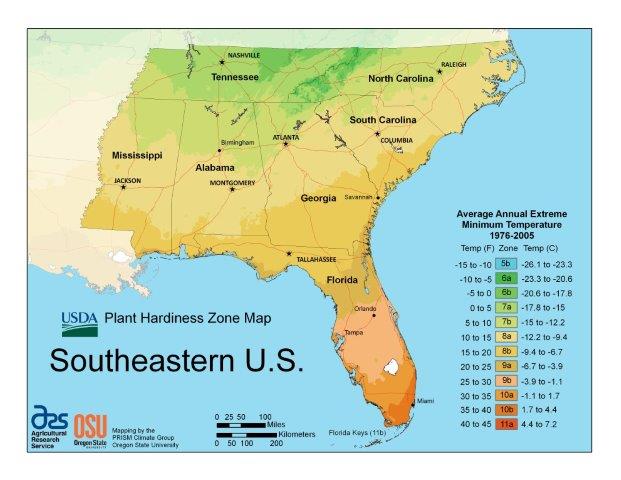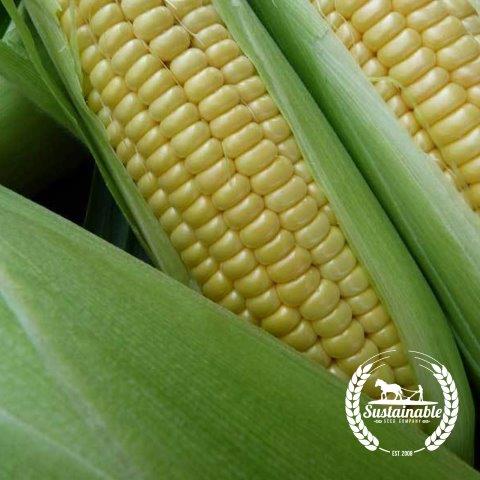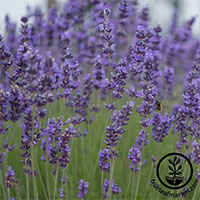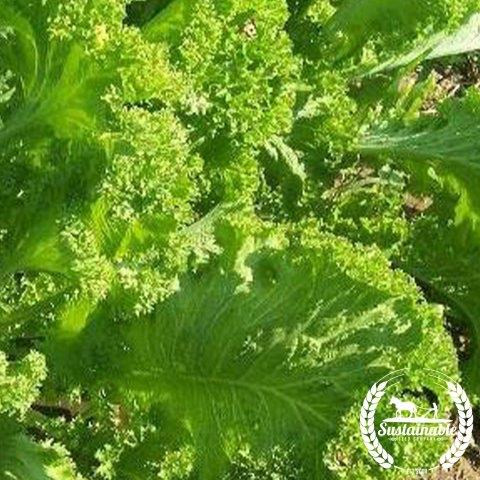Hardiness Zones 1-2
- Central and Northern Alaska
- Growing Season: 110-120 days
- Extreme Annual Min.: -60 to -40 °F
Although Zones 1-2 are not found anywhere on the mainland states, the central Alaska city of Fairbanks and the surrounding Denali area is home to more than 30,000 people, many of whom still garden in the summer like the rest of the country.
Even the coldest regions in Alaska and Canada still have about 115 days of a warm growing season capable of sustaining short-season fruits and vegetables such as arugula, pea, and radish.

Seeds for USDA Zones 1-2
Hardiness Zone 3
- Northern Montana, North Dakota, and Minnesota
- Growing Season: 120-130 days
- Extreme Annual Min.: -40 to -30 °F
While Alaska still has plenty of chilled Zone 3 gardening, most of the Zone 3 climates can be found in the northernmost parts of the midwest with some microclimates in the northeast and Wyoming’s Teton mountains.
The growing season averages 120-130 days across Zone 3 and many short season cultivars of fruits and vegetables are bred to accommodate these northern gardeners. Although many crops won’t grow perennially in Zone 3, most thrive as hardy annuals.
Gardeners in zone 3 should not be intimidated because there are a wide variety of specially bred crops for cooler and more northern gardens including watermelon, tomato, leafy greens, and even tobacco.
Overwintering perennial herbs such as lavender, rosemary, and even Russian sage are ideal addition to zone 3 gardens.

Seeds for USDA Zone 3
Hardiness Zone 4
- Midwest and Northeast
- Growing Season: 130-145 days
- Extreme Annual Min.: -30 to -20 °F
Growers in Zone 4 experience 130-145 days of a growing season and are able to sow a much wider selection of seeds than their northern neighbors.
Some of the most popular summer crops such as tomato and watermelon offer short-season and short-day varieties for growers in this difficult stretch of the northern midwest.
Brassicas, lettuce, and leafy greens always do well in cool gardens, but Zone 4 warms up plenty for an abundant season of your favorite fruits and vegetables.

Seeds for USDA Zone 4
Hardiness Zone 5
- High Altitude, Rocky Mountains, and Midwest
- Growing Season: 145-160 days
- Extreme Annual Min.: -20 to -10 °F
Woody perennial herbs such lavender, oregano and thyme are known to go dormant over winter, enduring frost and sub-freezing temperatures so they may continue vegetative growth in the spring.
Herbs such as echinacea and mint are native to high elevation prairies and woodlands, but unique root structures allow for them to grow perennially in some unforgiving climates. Zone 5 experiences 145-160 days of a warm growing season for traditional fruit and vegetable gardening.

Seeds for USDA Zone 5
Hardiness Zones 6-7
- 28 States from Pacific Northwest to Manhattan
- Growing Season: 160-200 days
- Extreme Annual Min.: -10 to 10 °F
Zones 6-7 are home to the most temperate, pleasant, and widespread climates in the contiguous United States and boast 160-200 days per growing season.
Those fortunate to live in Zones 6-7 are free to sow practically anything they’d like to in the spring, even some humid-loving tropicals.
Zones 6-7 still experience a killing frost, but is relatively milder and allows for frost-hardy perennials and brassicas to thrive through the most challenging parts of the year.

Seeds for USDA Zones 6-7
Hardiness Zone 8
- Most of Texas, Southern States, and Coastlines
- Growing Season: 200-240 days
- Extreme Annual Min.: 10 to 20 °F
Growers in Zone 8 likely live in the southern states or along temperate coastline, experiencing mild winters and are free to grow many crops perennially throughout the year.
While countless fruit and vegetable seeds thrive in the hot, muggy summers of Zone 8, staples okra, tobacco, and watermelon are native to such humidity.
Collard greens and mustard are traditional southern favorites for their ability to thrive in warm winters experienced across Zone 8 gardens.

Seeds for USDA Zone 8
Hardiness Zone 9
- Most of California, Florida, and Southern States
- Growing Season: 240-290 days
- Extreme Annual Min.: 20 to 30 °F
The entirety of California’s fertile 920,000-acre San Joaquin Valley is situated in a Zone 9 climate that boasts some of the most balanced winter temperatures for commercial agriculture.
Exclusive to only 5 states in the country, gardeners in Zone 9 are free to grow just about any fruit, vegetable, or herb with the confidence that it has already been proven to perform in the perennially warm San Joaquin Valley or similar Zone 9 climates.

Seeds for USDA Zone 9
Hardiness Zone 10
- Los Angeles, San Diego, and Miami
- Growing Season: 290-330 days
- Extreme Annual Min.: 30 to 40 °F
Zone 10 is exclusive to the most tropical cities in the contiguous United States with some scattered regions in the southernmost tips of Texas and Arizona.
Privileged gardeners in these regions may grow perennials, biennials, and tropicals that the rest of us can only dream.
Some popular annual fruiting crops, such as pepper and eggplant, are actually perennials that are rarely able to establish in a region with such long growing seasons and mild winters.

Seeds for USDA Zone 10
Hardiness Zones 11-13
- Hawaii and Puerto Rico
- Growing Season: 365 days
- Extreme Annual Min.: 40 to 60 °F
It’s no secret that gardeners in Hawaii and Puerto Rico are privy to an entire world of tropical trees and ornamentals unavailable to those of us on the mainland.
Seeds native to these select zones can be inconvenient for some as they are infinitely larger and more durable, requiring perennial humidity of the local climate to germinate.
Thirsty annuals such as watermelon, strawberry, and epazote are ideal traditional crops to try any time of year.





































































